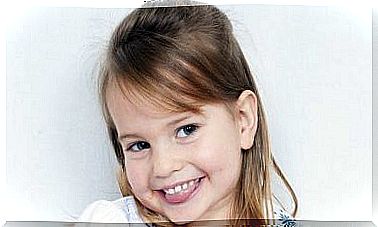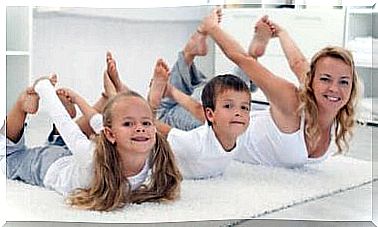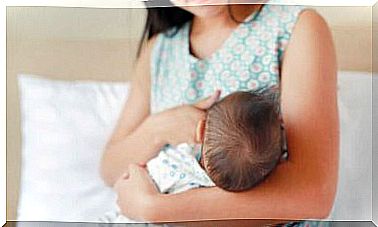What Is Socio-emotional Stimulation?
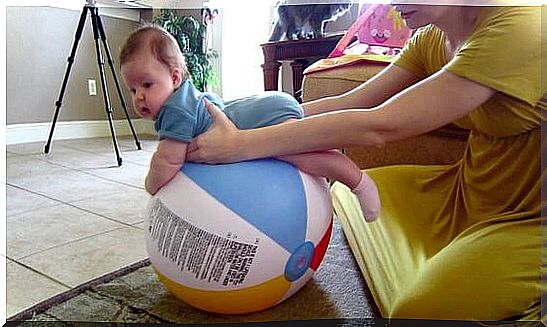
The baby may feel happy or afraid. This will determine how he will respond to stimuli in subsequent years, into adulthood.
The child’s social-emotional development begins in the first days of life and will depend on their relationship with the outside world and with other people. Therefore, it is recommended to exercise adequate stimulation. When the baby is born, he begins to experience a series of biological changes and will need to recognize which ones to adapt to.
For children to be able to overcome their first challenges, it is important that their parents and family members help them in the adaptation process. Each new situation requires a biological and emotional response from the baby, which allows him to relate to the environment and the people around him. This is called socio-emotional development.
This development is based on the experiences that gradually appear in the child’s life. Therefore, it is necessary to do our part and encourage the baby in all situations of his recent life. These early stimuli that reinforce the connection to your own emotions are precursors to your baby’s personality.

How to perform socio-emotional stimulation?
Most of the activities we do with our babies are appropriate to stimulate their social-emotional development. Therefore, it is easy to take advantage of different moments to carry them out. There are many exercises that help to stimulate emotions and adaptation to the environment around the child. This environment is the basis for character evolution.
In the first months of life, stimulation is performed through movements and positions. The main habits of hygiene, food and sleep are also established. Largely without knowing, we favor certain responses to each sensation. So if we look carefully, we begin to see how the baby expresses himself emotionally.
Tips from the experts:
- In the first few weeks, do balance exercises, placing the baby briefly in positions that are not well exercised. We can try putting the little one in a slanted, upright, or stomach-down position.
- Take advantage of the breastfeeding moment to talk, cuddle and establish deeper contact with the baby. Looking the little one in the eye and smiling is very important for both of you.
- Try to maintain eating, hygiene and sleep habits. This is the main process for learning to relate to the outside world.
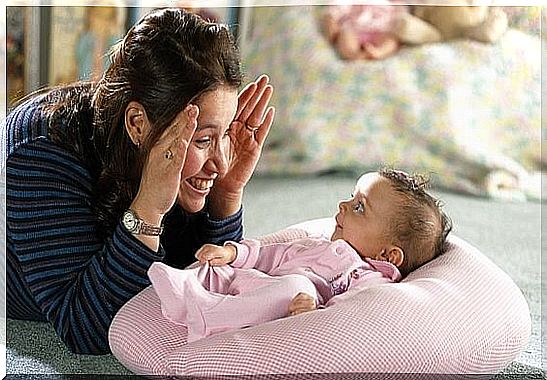
- Allow the baby to copy your movements. Encourage him to copy you.
- We can make movements with the face, always facing the child and expect him to imitate us. Other gestures like saying goodbye with your hand or nodding your head in the affirmative are great for them to imitate.
- Many activities that we teach the child can be repeated by him with toys when he is older. She can dress, comb, or feed the stuffed animals to exercise what she has learned.
- Explain the origin of some sensations. Pain, cold or crying, for example, are conducive to explaining the meaning of what the child is feeling.
- Around twelve months, your baby can start helping with getting dressed or eating. He can lift his feet, put his hands in his clothes, or take a bottle by himself. We must let him do it.
- According to age, it is recommended to allow the child to collaborate with the tasks or activities that we are performing. This favors independence and brings the child closer to the environment in which they live.
- Helping to recognize the people with whom you are in contact. Say the baby’s name, who they are, and what the baby’s relationship is with these people. We can also ask the child to say who the person we are talking about is. First she will search with her eyes and then point with her finger.
- It’s important to explain everything we can, especially the sensations and names of things. Even when the child does not fully understand, he will gradually internalize the meanings.
Personality and identity
When a child turns twelve months, the main personality traits can be more easily noticed. At this point, we will have stimulated the baby enough to be able to anticipate his reaction to different situations.
Socio-emotional development interferes in the construction of the baby’s identity. This makes the main stimulus pathway used so far to undergo modifications. From then on, the child will be a little more independent, both in deciding whether they prefer to follow our example or act on their own. She can become more self-centered and insistent about most of her actions.

